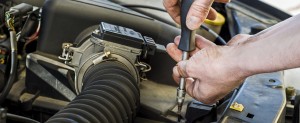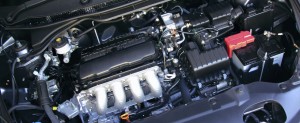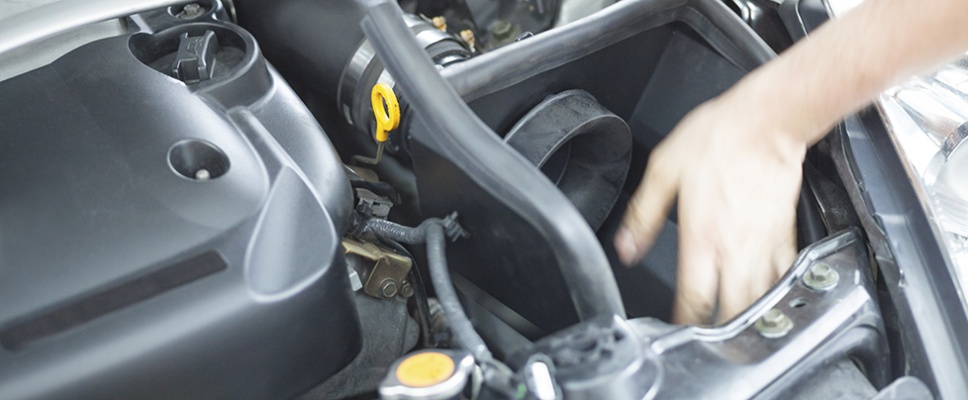Cold Air Intake
A cold air intake is an accessory used to transport cool air into a car’s internal combustion engine. Many vehicles come standard with a thermostatic air intake system, which helps control the temperature of the air in the intake tract of the engine. It provides cold air when the engine is warm and warm air when the engine is cold to maximize fuel economy, efficiency, and performance. Cold air intake kits increase this performance and efficiency even further, as it contains more oxygen per volume unit.
Brands
The most popular cold air intake kit available right now is made by K&N. The FIPK Air Intake is built with a crosslink-nylon tube that helps keep the air extremely cool while also providing eye-popping horsepower and excellent power gains. The CARB exempt and emissions are legal in all 50 states. The Airaid Intake System is another popular brand. It gives you free reign to select the right parts and air filter for your system with two main performance stages to choose from, and comes with a lifetime warranty. Other popular brands include the aFe Cold Air Intake and Volant Cold Air Intake.
Air Intake is built with a crosslink-nylon tube that helps keep the air extremely cool while also providing eye-popping horsepower and excellent power gains. The CARB exempt and emissions are legal in all 50 states. The Airaid Intake System is another popular brand. It gives you free reign to select the right parts and air filter for your system with two main performance stages to choose from, and comes with a lifetime warranty. Other popular brands include the aFe Cold Air Intake and Volant Cold Air Intake.
Safety
The biggest safety hazard when owning a cold air intake kit is flooding. If you live in an area where it rains frequently, your cold air intake kit may allow rain to get into your engine. If your filter becomes submerged in water, you’ll have to take your car to the shop and it won’t be a cheap fix. Otherwise, your car may start “shuttering”, which could potentially lead to a dangerous situation while driving. A cold air intake kit helps improve your engine’s performance, however, which has obvious safety benefits.
Benefits
There are many benefits to installing a cold air intake system. Cool air contains more oxygen than warm air, and it is oxygen that your engine needs to burn fuel efficiently. A cold air intake system increases the amount of cool air in your system, therefore increasing the amount of oxygen and making your engine much more fuel efficient. A cold air intake system also allows for significant torque and horsepower gains. The mixture of colder air gives your motor the ability to create more power, which enhances your car’s performance.
oxygen than warm air, and it is oxygen that your engine needs to burn fuel efficiently. A cold air intake system increases the amount of cool air in your system, therefore increasing the amount of oxygen and making your engine much more fuel efficient. A cold air intake system also allows for significant torque and horsepower gains. The mixture of colder air gives your motor the ability to create more power, which enhances your car’s performance.
Drawbacks
Before you install a cold air intake kit, it is important to know exactly what you are trying to accomplish, and accurately assess the state of your vehicle. Just because the box says you will get a 15% increase in power does not necessarily mean that is true, as it depends on your current setup. You may spend a lot of money on a kit with disappointing results. Cold air intake kits can also be a drawback if you live in cooler climates. If the air is too cold, it won’t warm up enough before entering the combustion process, which actually reduces your engine timing.
Cost
The price of a cold air intake kit depends on the model and brand you choose to purchase. The K&N brand offers numerous different models, ranging between $130 and $300. These prices may increase depending on whether you purchase the kit from a retailer or online. You can often find cheaper deals online, sometimes even with free shipping. There are numerous accessories that you can also purchase, such as replacement filters and different types of recharger kits, which generally cost less than $40.
